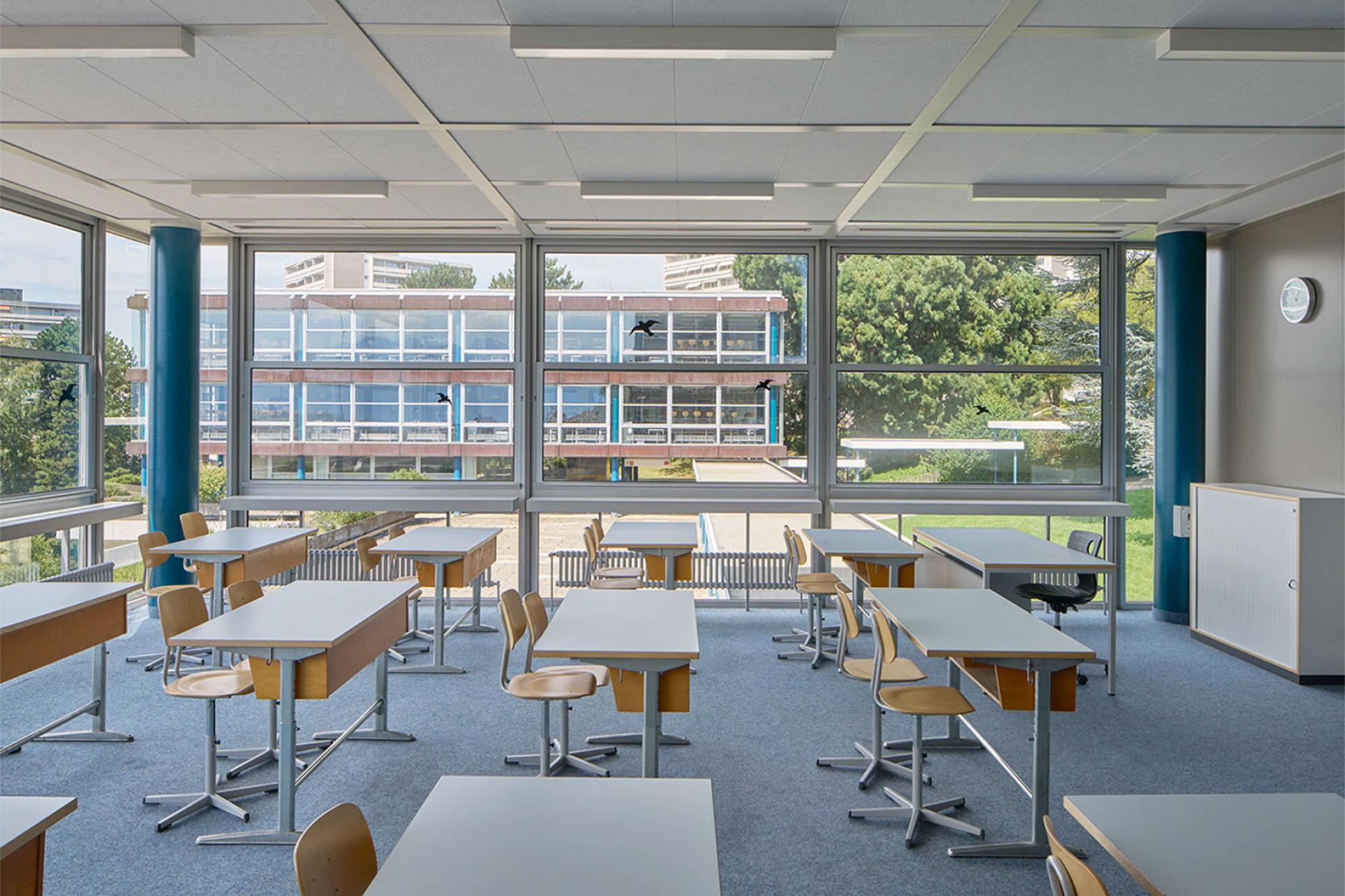Reload. Rethinking architectural practices within the existing building

The project will develop an innovative approach and appropriate renovation processes to better reconcile the management of existing buildings with social and environmental objectives, and to create harmony between the requirements of sustainability and the requirements Baukultur.
Project description
Almost three-quarters of all buildings in Switzerland were constructed after 1946, with two-thirds built before the year 2000. This building stock offers enormous potential for achieving ecological and social goals in construction. The tasks are immense, but the planning instruments are not yet equipped to meet all expectations. The project is therefore developing a responsible process that aligns more closely with the structural characteristics of the existing building stock and balances the need for sustainability with the demands of Baukultur.
Renovations often overlook the material characteristics, and thus the cultural value, of the building fabric. Serious interventions are the order of the day: Facades are rendered unrecognisable by insulation, the building forms are simplified, and balconies disappear. The architecture becomes impoverished and banal. To change this, the laws and standards need to be adapted. Baukultur culture takes centre stage. It can and must provide the impetus to establish new and responsible practices.
Project implementation
Are energy standards adapted to the construction methods of the second half of the 20th century? Are the renovation methods appropriate for the climatic challenges? Does interdisciplinary work speed up processes, or does it make them more difficult? How can renovation methods be rethought to enhance the quality of Baukultur? The project team is addressing these questions in collaboration with the young architecture firm Sujet/Objets, which has already gained significant experience with participatory processes in innovative projects.
Original title
Reload. Rethinking procedures and architectural practices for a silent transition